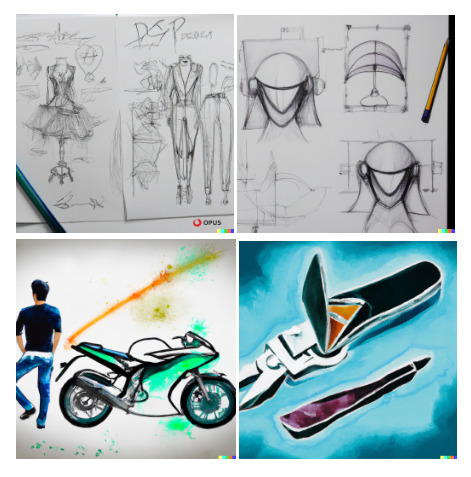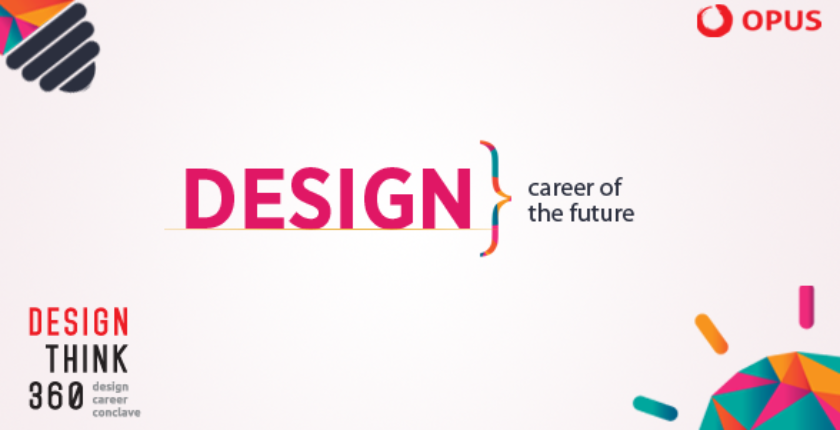Contents
What is design? Careers In Design
Design is a critical aspect of our everyday lives. It influences the products we use, the buildings we inhabit, and the way we interact with the world around us. At its core, design is the process of creating something that is functional, aesthetically pleasing, and efficient.
Good design is often intuitive and seamless, seamlessly blending form and function to create a product or space that is not only aesthetically pleasing, but also serves its intended purpose in the most effective way possible.
One of the most important aspects of design is the way it can solve problems. Whether it’s a piece of furniture that is both comfortable and stylish, or a building that maximises natural light and energy efficiency, good design can provide solutions to the challenges we face in our daily lives.
In addition to problem-solving, design can also be a powerful tool for innovation. By constantly pushing the boundaries and challenging the status quo, designers can create new and exciting products and spaces that have never been seen before. This can lead to exciting new technologies and industries, and can even change the way we live our lives.
The field of design is constantly evolving and changing, with new technologies and materials constantly emerging. This means that designers must be constantly learning and adapting, in order to stay on the cutting edge of their design career field.
In conclusion, design is a critical aspect of our everyday lives, influencing the products we use, the buildings we inhabit, and the way we interact with the world around us. Whether it’s solving problems, driving innovation, or simply creating something that is aesthetically pleasing, design plays a vital role in shaping our world.
Top 10 Careers In Design: Which Designing Field is Best for Your Career?
Graphic design: Graphic designers create visual concepts, using computer software or by hand, to communicate ideas that inspire, inform, or captivate consumers. They develop the overall layout and production design for various applications such as advertisements, brochures, magazines, and corporate reports.
Interior design: Interior designers plan and design the interiors of residential, commercial, and industrial buildings. They work with clients to determine their needs and preferences, and then create designs that are functional, aesthetically pleasing, and in line with the client’s vision and budget.
Fashion design: Fashion designers create clothing and accessories. They sketch designs, select fabrics and patterns, and oversee the production of their products. They often specialize in a particular type of clothing, such as sportswear or children’s wear.
Product design: Product designers create new products or improve existing ones. They work with engineers and manufacturing teams to develop products that are functional, aesthetically pleasing, and cost-effective.
User experience (UX) design: UX designers create digital products and services that are easy to use and enjoyable for the user. They research user behavior, create wireframes and prototypes, and conduct user testing to ensure that their designs are effective and meet the needs of the user.
Landscape architecture: Landscape architects design outdoor spaces such as gardens, parks, and public squares. They consider the natural and built environments, and create designs that are functional, aesthetically pleasing, and sustainable.
Architecture: Architects design buildings and other structures. They work with clients to understand their needs and preferences, and then create detailed plans and drawings that are functional, aesthetically pleasing, and in compliance with building codes and regulations.
Industrial design: Industrial designers create a wide range of products, from consumer electronics and appliances to automobiles and medical devices. They focus on the form, function, and aesthetics of the product, and work with engineers and manufacturers to ensure that their designs can be produced efficiently and effectively.
Environmental design: Environmental designers create designs that have a positive impact on the natural and built environments. This can include sustainable architecture, green infrastructure, and landscape design that conserves natural resources and promotes biodiversity.
Digital design: Digital designers create designs for websites, mobile apps, and other digital products and platforms. They use a variety of tools and techniques, such as user interface (UI) design, user experience (UX) design, and motion graphics, to create engaging and effective digital experiences.
+ Many More specialisations
Here’s more: Design domain to make your career
Motion graphics design: Motion graphics designers create animations and visual effects for film, television, and other media. They use a variety of software, such as Adobe After Effects and Autodesk Maya, to create dynamic and engaging visual experiences.
Game design: Game designers create the concept, mechanics, and aesthetic of video games. They work with teams of artists, programmers, and audio designers to create immersive and engaging digital experiences.
Exhibition design: Exhibition designers create the layout and visual elements of museum and gallery exhibitions. They work with curators and other stakeholders to create engaging and informative displays that tell a compelling story.
Packaging design: Packaging designers create the packaging for consumer products, such as food, cosmetics, and electronics. They consider factors such as product protection, shelf appeal, and sustainability to create packaging that is functional, attractive, and effective.
Print design: Print designers create designs for print media, such as magazines, newspapers, books, and posters. They use a variety of tools and techniques, such as typography, composition, and color theory, to create effective and engaging visual communication.
Textile design: Textile designers create designs for fabrics and other textiles, such as clothing, home furnishings, and upholstery. They consider factors such as color, pattern, and texture to create textiles that are functional, aesthetically pleasing, and in line with current trends and market demand.
Exhibition stand design: Exhibition stand designers create the layout and visual elements of trade show and event exhibits. They work with clients to understand their goals and objectives, and then create designs that are eye-catching, functional, and effective at engaging attendees.
Signage design: Signage designers create the signs and graphics for public spaces, such as roads, buildings, and public transit systems. They consider factors such as legibility, visibility, and brand identity to create signs that are effective and in compliance with regulations.
Experience design: Experience designers create immersive and engaging customer experiences, such as theme parks, museums, and interactive installations. They consider factors such as audience, environment, and technology to create experiences that are memorable and effective.
Wayfinding design: Wayfinding designers create the visual and tactile elements that help people navigate public spaces, such as airports, hospitals, and shopping centers. They consider factors such as spatial awareness, cognitive psychology, and accessibility to create effective wayfinding systems
NIFT GAT Sample Papers:
| Name | Offline Link |
|---|---|
| NIFT GAT Mocks Set 1 | Download Now |
| NIFT GAT Mocks Set 2 | Download Now |
NIFT CAT Sample Papers:
| Name | Offline Link |
|---|---|
| NIFT CAT Mocks Set 1 | Download Now |
| NIFT CAT Mocks Set 2 | Download Now |
Try out most Advanced Online Mock Test Series: NIFT Mock Test
Looking to make a career change but not sure where to start? The OPUS Way can help you find the right designing field for you! We provide career advice and resources, so you can learn what will work best for your unique skills and personality.
If you’re interested in taking up design as a career after 12th, here’s what you do =)
1. Join OPUS today to get started on your path to a successful design career!
2. Get help from top mentors and resources in the OPUS community to help you ace design entrance exams!
3. Be sure to check out all of the amazing features and benefits of training with us today!
Call us @ 988 33 55550
Some design sketches by our students:

Etc. Just a few examples.. Of loads of other stuff =)

